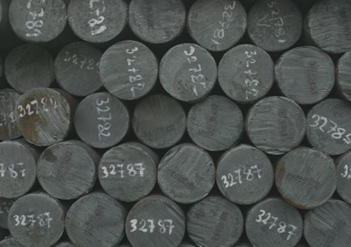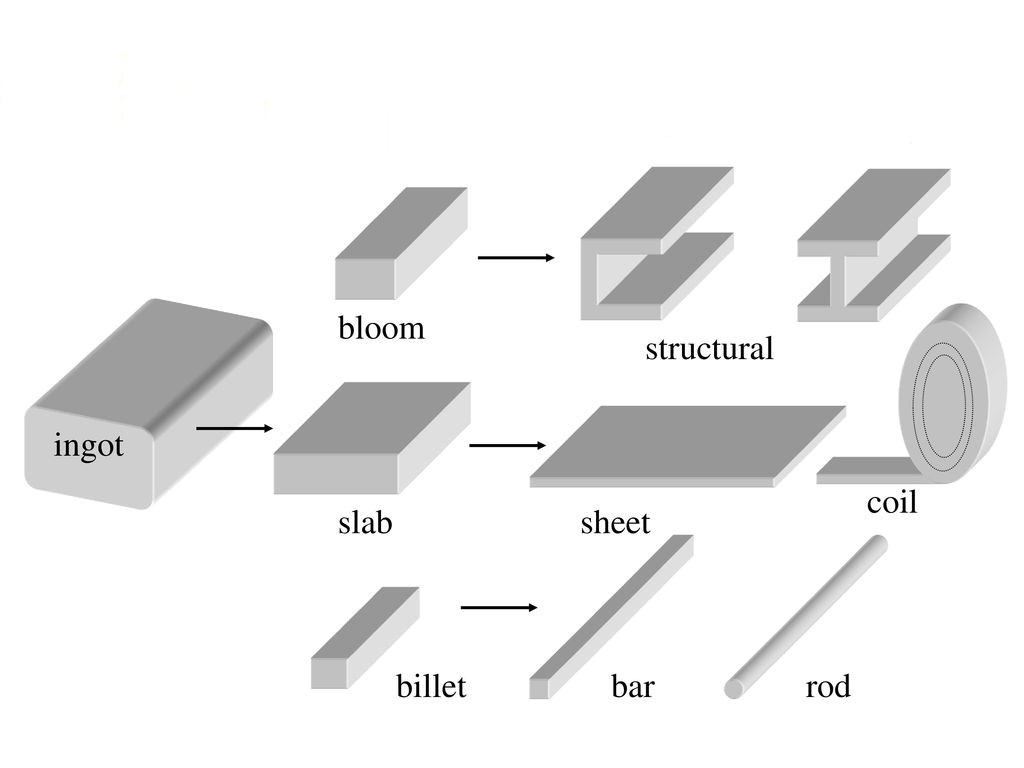Introduction of Still Billet
The steel which is made freshly, and is still in the form of a rectangle or a metal bar, is referred to as steel billet. Steel has to be processed into more useful pieces first, before its products get sold into the market. In its pure form, raw steel will not be of any use, so it must be cast into the shape.
Good Old days!
In the beginning of 1800s, Steel billets started to become popular, right after the end of British colonization of the U.S. and when American entrepreneurs commenced to produce brass and bronze billet, which later turned out to be one of the fast growing industries in this new country. Owing to the fact that the British transported all U.S.’s copper to Britain for more casting and processing, at that time, Iron and Copper were almost not found in the U.S.
Applications
Billets (sometimes referred to as ingots) are not of functional usage till they are formed into more practical shapes and sizes. Although they have been put in the steel furnaces, still, they need an operation series of molding and shaping such as cold and hot process, milling and cutting prior to being sold in the shops, or being used for various applications. However, the unformed billets, can be used in strike currency such as coins and as reserves, same as the gold bars.
Characteristics
Compared to already-processed steel bars and products, Steel billets have specific and definite features. Billets have a distinct grain structure. This makes the metal able to be processed in an inextricable manner. Steel billets are also known for having high flexibility and elasticity, in particular when they are in the temperatures varying during molding and shaping.
Process
Before being used for different purposes, Steel billets have to sustain a chain of production processes whereas they are fresh raw material. Billets are produced through freezing molten liquid, and then exposed to intensely low temperature in order for letting the metal be shaped and strengthened in chemical formation. The physical specifications of the metal are manipulated by the temperature which can increase its persistence and strength. The next processes will prepare the metal’s curved mold design in a way that it can adapted to the assigned space furnished by other machines, which finish the final procedures.
Casting
It is important for steel billet to be casted properly because it affects the quality of the steel product once undergoes the final processing steps including the billet’s flexibility and strength. Billets go through many tests prior to being sold. Billets are rejected when develop cracks and spaces during cooling and heating processes, defects make the products worthless, per se.
Standards
ASTM’s steel standards are influential in classifying, grading, and defining the material, chemical, mechanical, and metallurgical specification of the different types of steels.
Followings are the standards of Steel Billet:
Most common Grades
St3SP
Chemical composition in % for grade St3sp
| C |
Si |
Mn |
Ni |
S |
P |
Cr |
N |
Cu |
As |
| 0.14 – 0.22 |
0.15 – 0.3 |
0.4 – 0.65 |
max 0.3 |
max 0.05 |
max 0.04 |
max 0.3 |
max 0.008 |
max 0.3 |
max 0.08 |
Equivalent steels for grade St3sp

St5sp
Chemical composition in % for grade St5sp
| C |
Si |
Mn |
Ni |
S |
P |
Cr |
N |
Cu |
As |
| 0.28 – 0.37 |
0.15 – 0.3 |
0.5 – 0.8 |
max 0.3 |
max 0.05 |
max 0.04 |
max 0.3 |
max 0.008 |
max 0.3 |
max 0.08 |
Equivalent steels for grade St5sp ( Ст5сп )

Size
Steel Billets are produced in different sizes according to the customers’ requisitions. Most common sizes are:
| Cross-Section (mm) |
Length
(m) |
| 100 x 100 |
6 ~12 |
| 120 x 120 |
6 ~12 |
| 130 x 130 |
6 ~18 |
| 140 x 140 |
6 ~18 |
| 150 x 150 |
6 ~18 |
Steel Bloom

The range of semi-finished products above 155 mm x 155 mm are called blooms.
In the past, and older steel mills, blooms were manufactured from an ingot. They were also called “bloomery iron”. However, they are produced by continuous casting process in modern mills.
Difference between Ingot, Billet, Bloom and Slab
Ingot: usually rectangular in cross-section, weighs between 25 to 30 tons, and is rolled into blooms, billets and slabs.
Billet: has a round or square cross section up to 155mm x 155mm.
Bloom: has square or rectangle cross section above 155 mm x 155 mm.
Slab: has a rectangular cross section up to 3000 mm wide and 320 mm thickness.

Sources:





